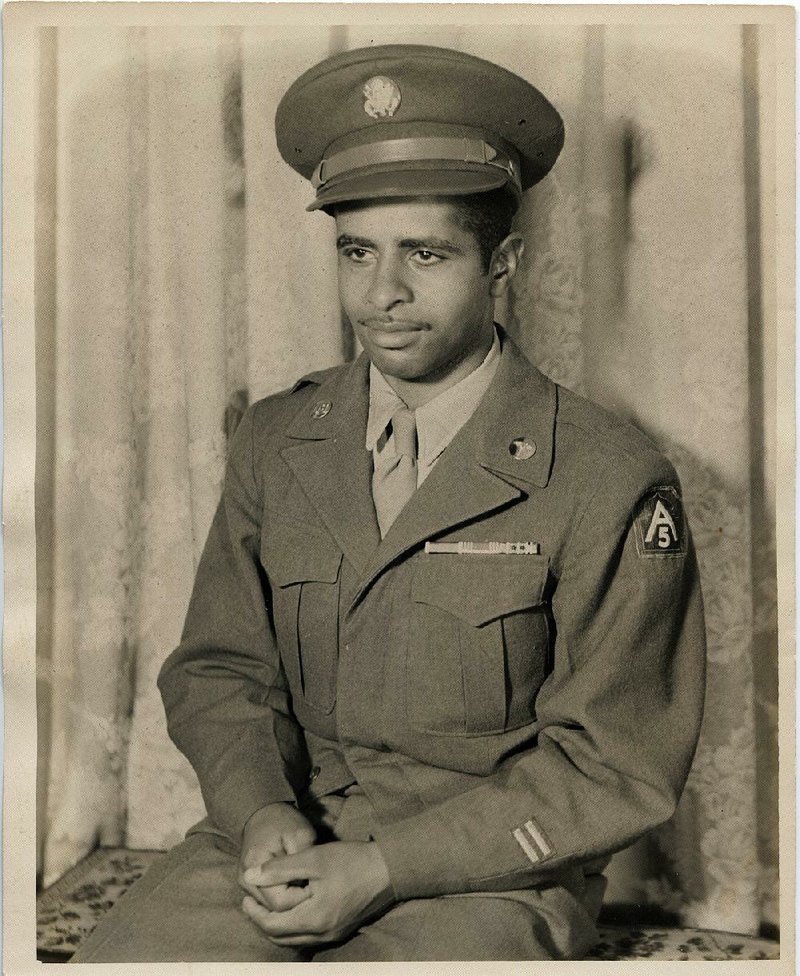NEW ORLEANS -- About to be overrun by Germans, a young lieutenant called in an artillery barrage on his own position, knowing he'd be killed. It was the only way to hold off the enemy.
The sacrifice by 1st Lt. John Fox is one of many endured by the 100,000 black service members during World War II and is now the focus of an exhibit at the National World War II Museum.
"Fighting for the Right to Fight: The African American Experience in WWII" runs through May 30. It describes discrimination before and after the war and in the military during World War II.
The exhibit also includes an original 8 1/2-minute video about the famed Tuskegee Airmen and video interviews with 10 veterans, including Rothacker Smith of Huntsville, Ala., who served in the 366th Infantry Regiment.
A conscientious objector to combat, Smith -- serving in the same segregated 92nd Infantry Division to which Fox belonged -- was drafted and became a medic. Often Smith was the only black on the bus back from town to Camp Stewart, Ga., on Saturday nights. He remembers being made to sit in the baggage compartment behind the back seats.
Smith was stationed in southern Italy, where his unit guarded airfields, one of many noncombat jobs to which black troops were relegated. The war's heavy death toll sent more black troops into combat. He was assigned to a machine-gun nest in Sommocolonia, Italy, where Fox was a forward observer directing fire for one of the 366th's artillery units.
The morning of Dec. 26, 1944, a German mortar shell hit the window of the stone house where the machine-gunners and Smith were holed up. Smith was hit in several places, including his right hip, elbow, upper back and cheek. He used his teeth and left hand to bandage his sergeant, who was more severely injured.
As the Germans pressed their attack, Fox called in artillery fire on his own position.
Smith was captured by the Germans and released April 29, 1945. Unlike many POWs, he said, he was able to keep his clothes because they were bloodstained and full of holes. He donated his blood-soaked undershirt to the museum.
After helping defeat Nazi Germany and its allies, black soldiers returned home, expecting more tolerance.
"Segregation was still the law of the land, and racism was alive and well," the museum's website says. "For many African American veterans, that disappointment became determination to create change. They fought against segregation and discrimination with the same sense of purpose that had defeated the Axis."
The exhibit points out that many leading figures of the civil rights movements of the 1950s and 1960s were veterans, including Medgar Evers, who became one of Mississippi's most active civil rights leaders and was buried with full military honors at Arlington National Cemetery after he was assassinated by a white supremacist in 1963.
In 1995, Smith returned to Sommocolonia with his sons. They saw a memory garden listing the names of Italians killed on the day he was wounded and one American: Lt. John Fox.
Fox was among seven black servicemen awarded the Medal of Honor in 1997 for service during World War II, after President Bill Clinton ordered an investigation of why blacks had not been receiving the medal. Five of the medals were lent to the exhibit, curator Eric Rivet said.
Information: nationalww2museum.org
Travel on 07/26/2015
